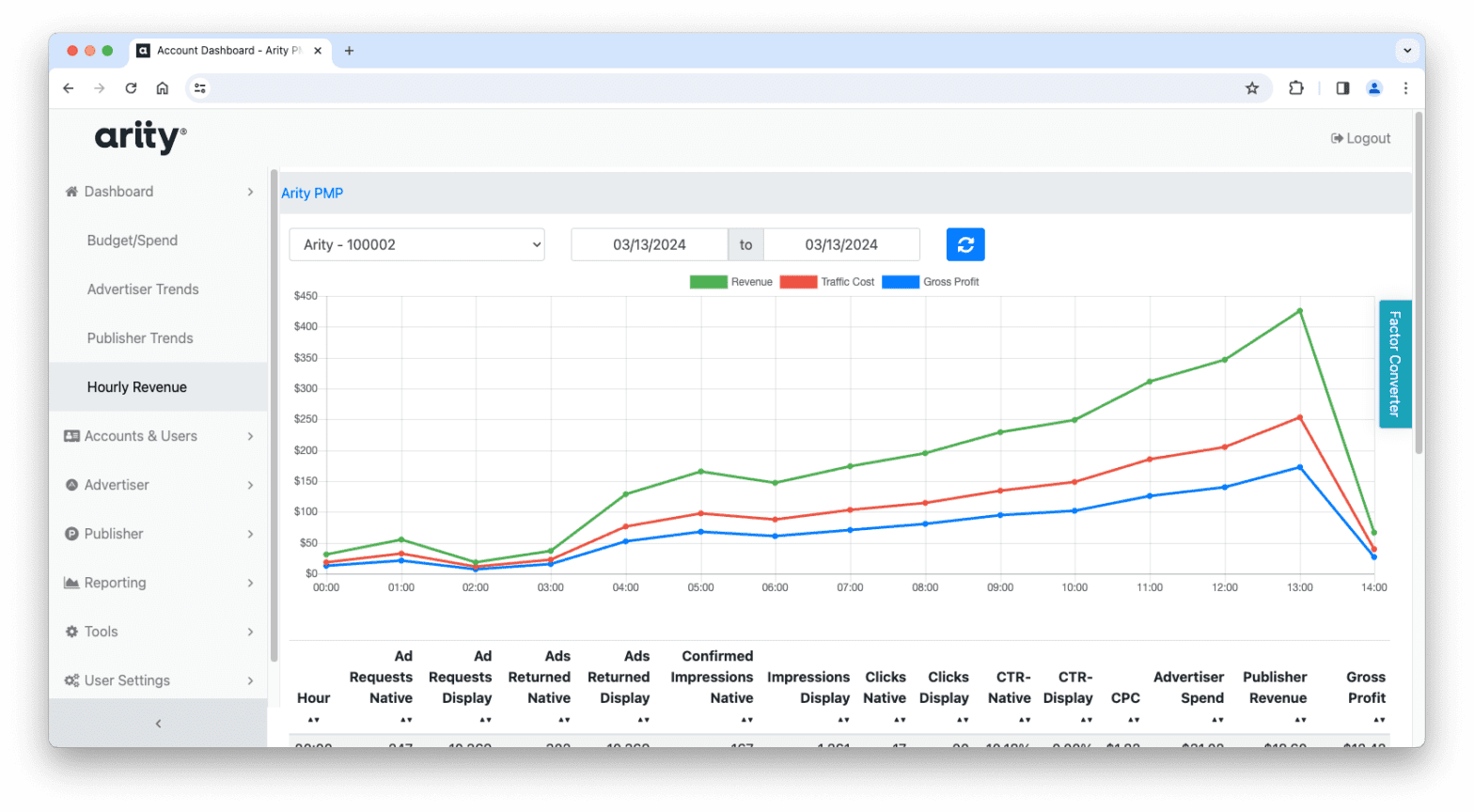Unpacking the news: Enhanced Arity Marketing Solutions Read article


As anyone on a dating app will tell you, finding the right people to connect with is hard.
Yes, you can provide some inputs of vague characteristics you’re looking for: Male, between 25 to 35-years-old, likes dogs, etc. However, while it helps narrow down the pool of people, it takes a lot of additional effort to find what you’re really looking for.
Imagine you could add more details to really hone in on your perfect match, and save time and energy wasted on people who aren’t your cup of tea.
Advertisers have the exact same pain point – on a much larger scale. Instead of spending time and money to go on dates and find the right partner, companies spend a lot of time and money to get their message in front of and – hopefully, eventually – connect with the right customers.
In today’s economy, that process just keeps getting harder and more expensive. So, why waste your efforts only to connect with the wrong people? Here’s what advertisers can do to find their best customers sooner rather than later.
While first-party data is incredibly valuable, it can only take you so far when it comes to finding the right people to connect with. With it, you’re only looking at your existing audience – current customers, website visitors, social media followers, etc., and you’re also limiting what data points you can use to fully understand them. Relying solely on first-party data makes audience targeting a guessing game.
The same goes for second-party data. Whether it’s used on its own or coupled with first-party insights, it still limits the volume of people you can reach as well as the data points you can get.
To understand and connect with the right people, you need the complete picture of who they are, what they want, and their day-to-day behaviors that influence purchasing decisions. So, how can advertisers accomplish this?
Work smarter, not harder with third-party data. While first- and second-party data can be helpful in starting to define your audience, third-party insights can fill in the missing pieces to create a complete, holistic view of your best customers.
Third-party data can take companies’ audience targeting strategies to a whole new level, turning assumptions into data-fueled decisions. However, ROI from third-party data depends immensely on how well the data fits your advertising needs.
With so many third-party data providers out there, how can companies make sure they choose partners that are worth the marketing spend? It’s all about filling in those missing pieces to complete the picture and truly define your best customers.
With the right data partners, your customer comes to life as a three-dimensional person you can truly connect with at the right place and time.
With so many unique, undiscovered datasets out there, advertisers should seize the opportunity to find data partners that will help them stand out from their competition in their targeting strategies, drive more sales, and increase ROI.
For example, did you know there are data providers who can help you find people with specific types of pets, or who watch certain TV shows, or who buy concert tickets for particular types of music? Or take Arity audience data as an example, which enables marketers to understand how, when and where consumers drive, and reach them based on those driving behaviors. It’s almost hard to imagine a type of data that marketers can’t use to reach the best customers for their business.
The statement “the more data, the better” has generally been true for digital advertisers – which is why third-party datasets are incredibly valuable. The good news is, in today’s advertising landscape, you don’t have to find and source these data partners on your own.
Arity Audiences can give you access to safe, trusted third-party datasets.
With the current privacy landscape, data collaboration is growing in importance as a way for advertisers to connect with customers meaningfully, while also respecting and protecting their privacy.
While data marketplaces make it easier to connect with potential data partners, it’s important to do your due diligence.
Ready to learn more? Contact us.